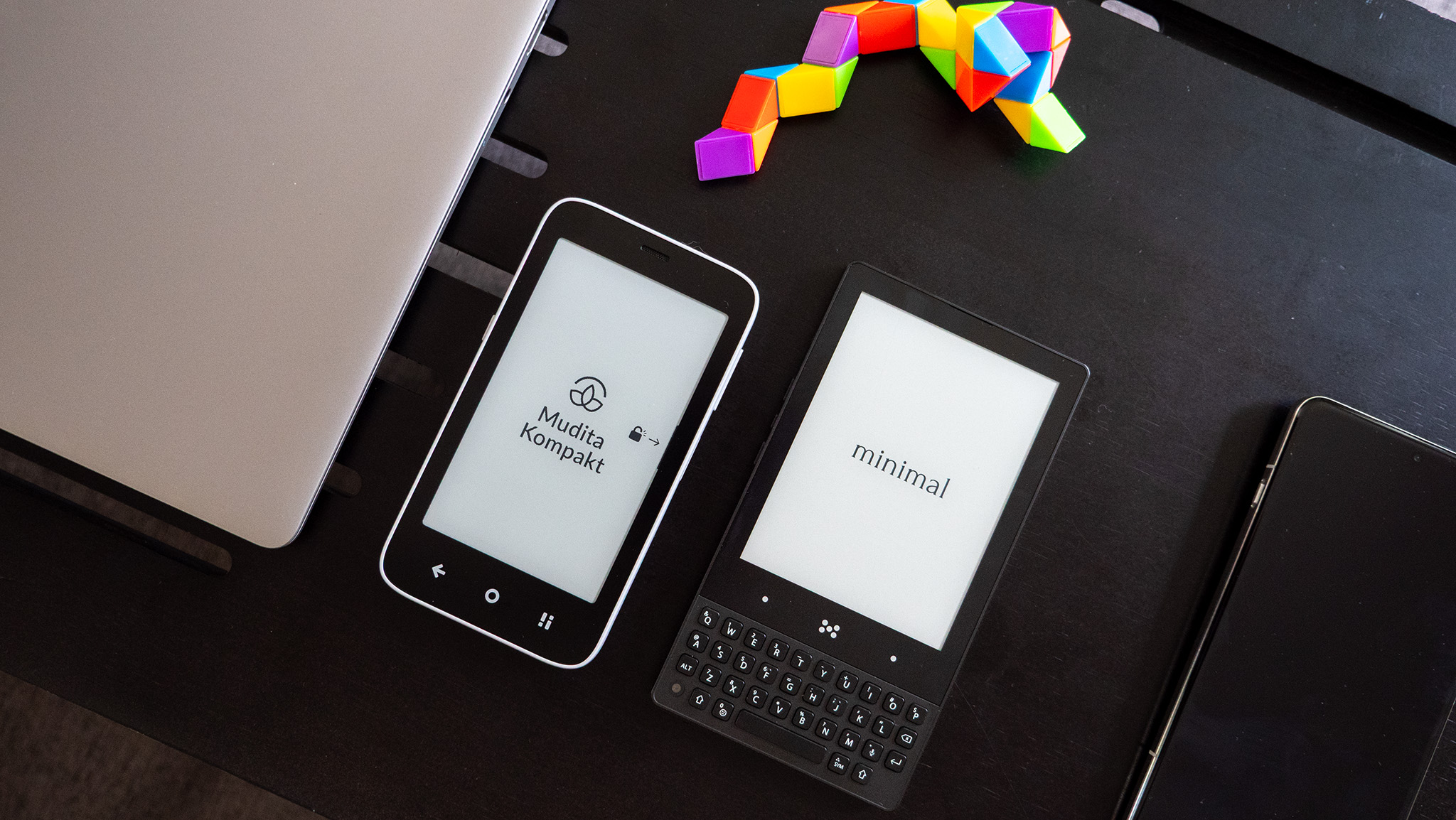Android Central Verdict
The POCO M5 gives you great value for money in the budget segment, bringing a strong design aesthetic, long-lasting battery life, and reliable performance in day-to-day use. However, these perks come at the expense of 5G connectivity and unimpressive rear camera quality.
Pros
- +
Excellent battery life
- +
Slick design
- +
Reliable hardware
- +
90Hz display
- +
Affordable
Cons
- -
No wide-angle shooter
- -
Average rear cameras
- -
No 5G support
- -
Long charging time
Why you can trust Android Central
Xiaomi's sub-brand, POCO, doubled down on the budget phone segment with the launch of the POCO M2 Pro in July of 2020, giving birth to its super cheap M line. This series expands the company's budget offerings, although some of these models were rebranded versions of Redmi phones, another sub-brand of Xiaomi.
POCO, like its Redmi counterpart, has seen the most success in the budget segment in recent years, particularly in Asian and European markets. The POCO M series is renowned for producing some of the most affordable phones on the market today. The POCO M3 and M4 series, in particular, demonstrated that the Chinese phone manufacturer could deliver distinctive designs in the low-cost segment.
POCO looks to continue that trend with the POCO M5, which debuted on September 5 along with its M5s sibling (which I'll cover in a separate review). The latest member of the POCO M line has a standout design that gives a premium feel without hurting your wallet.
POCO M5: Price and availability
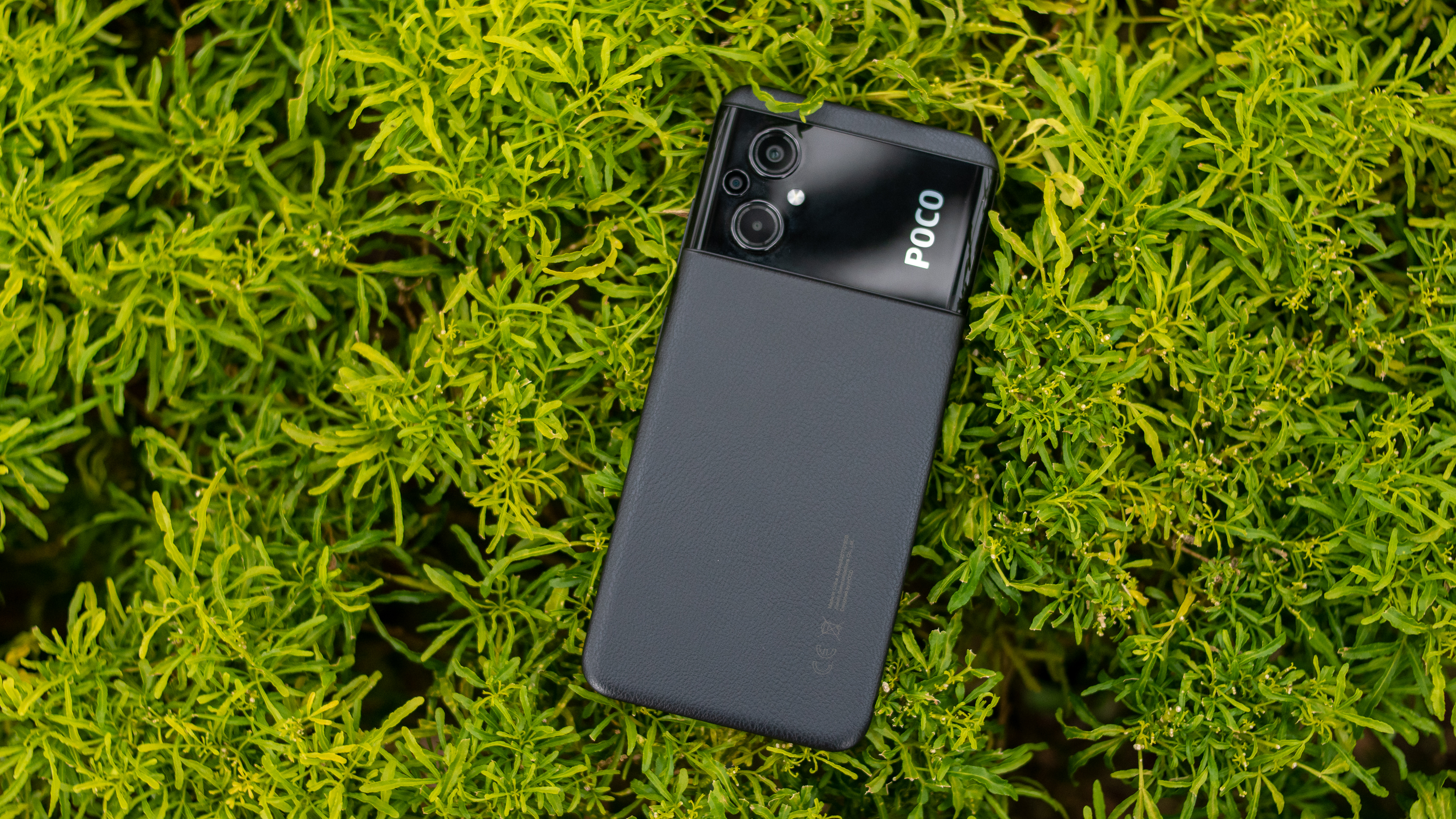
The POCO M5 is now available in select markets. While POCO doesn't have physical stores in the United States, the entry-level phone can be purchased via Amazon at a starting price of $210. The handset ships in black, yellow, and green color schemes.
Elsewhere, the device is available to buy through Amazon Netherlands for €258, which gets you 6GB of RAM and 128GB of internal storage. In Germany, the phone retails at €190 for the 4GB/64GB configuration and €210 for the 128GB storage variant. For the Indian market, POCO sells it for INR 15,999 (4GB/64GB variant) and INR 18,999 for the bigger storage option.
POCO M5: What's good
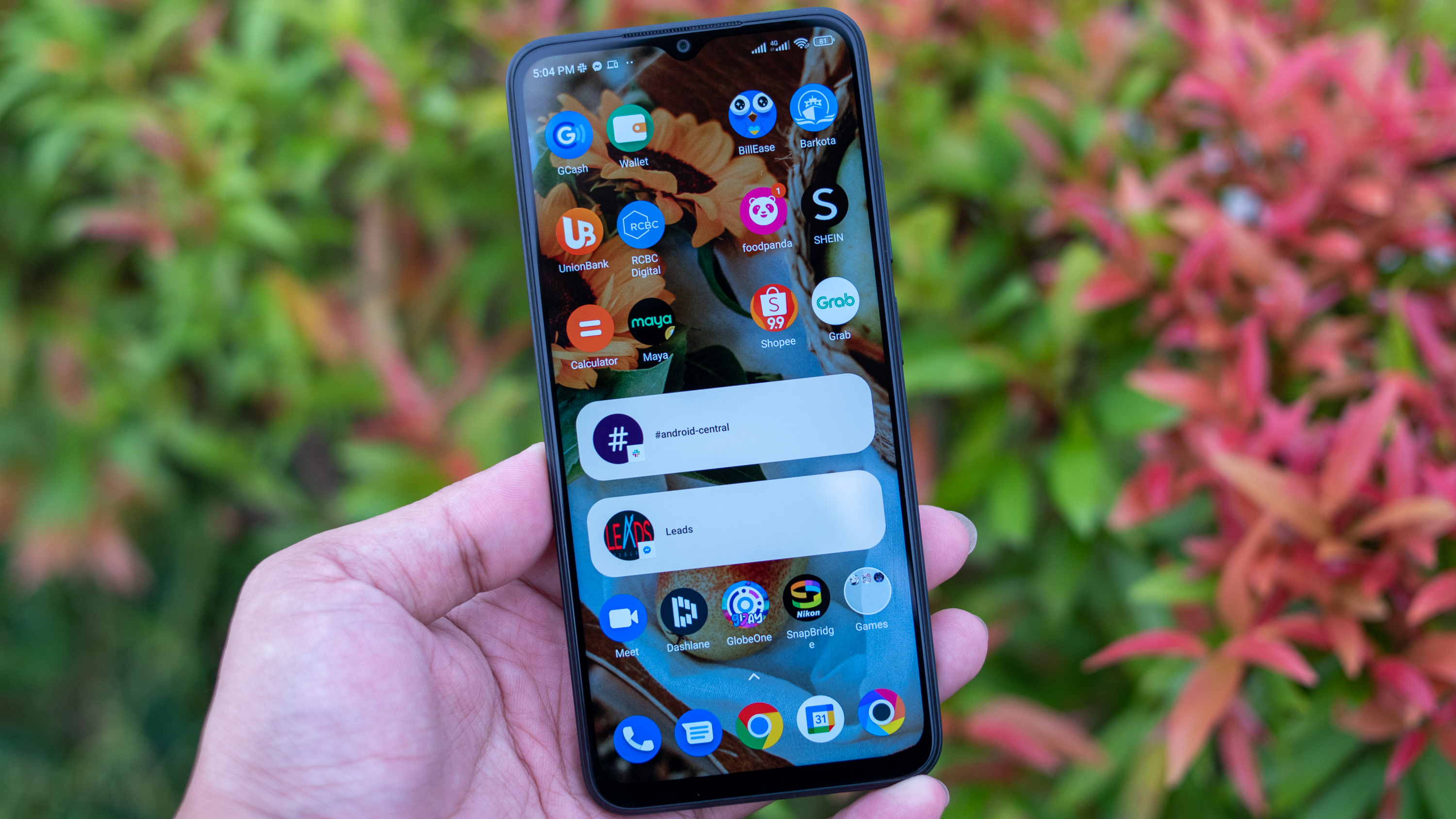
The POCO M5 has many appealing features, beginning with the design. It takes a page out of the POCO M3 and M4 Pro's design style book and adds a few enhancements to it. The latest model has a large camera island that stretches out over the top portion of its back panel. It is definitely a unique design that makes the phone stand out from many of the best cheap Android phones on the market.
The design flair on the back is aided in no small way by the faux leather finish that ends where it meets the matte plastic frame. These elements make the phone much easier to hold and fend off fingerprint grease. It's also lightweight, so you can watch movies while lying in bed for hours on end with one hand. This also means it won't significantly weigh down your pocket.
I also like that POCO squeezed a 3.5mm headphone jack into this phone — a rare sight nowadays. A USB-C port handles data transfer and charging, which is a little disappointing (more on that later). That said, the handset's side-mounted fingerprint scanner is no slouch in terms of speed and accuracy.
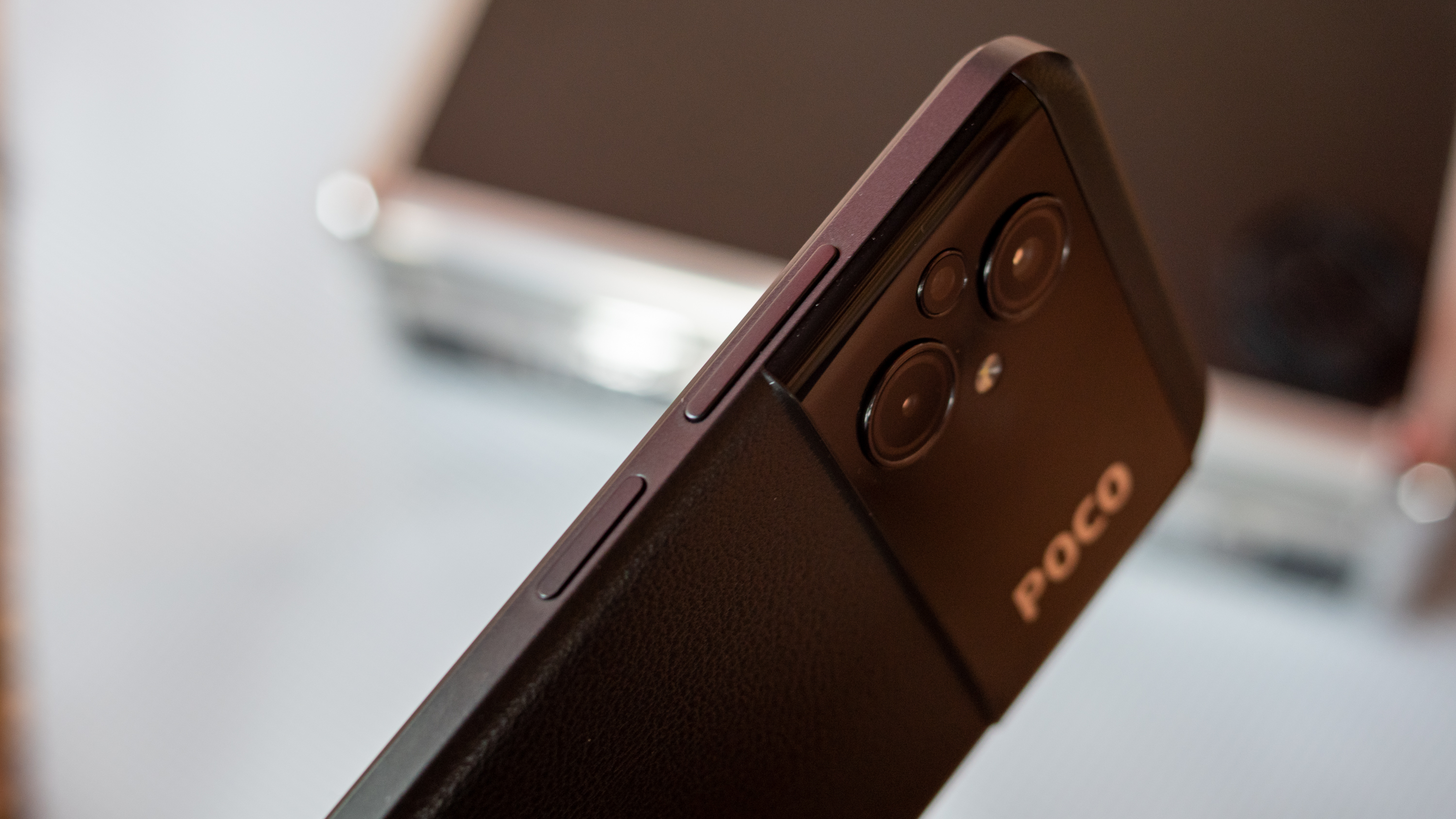
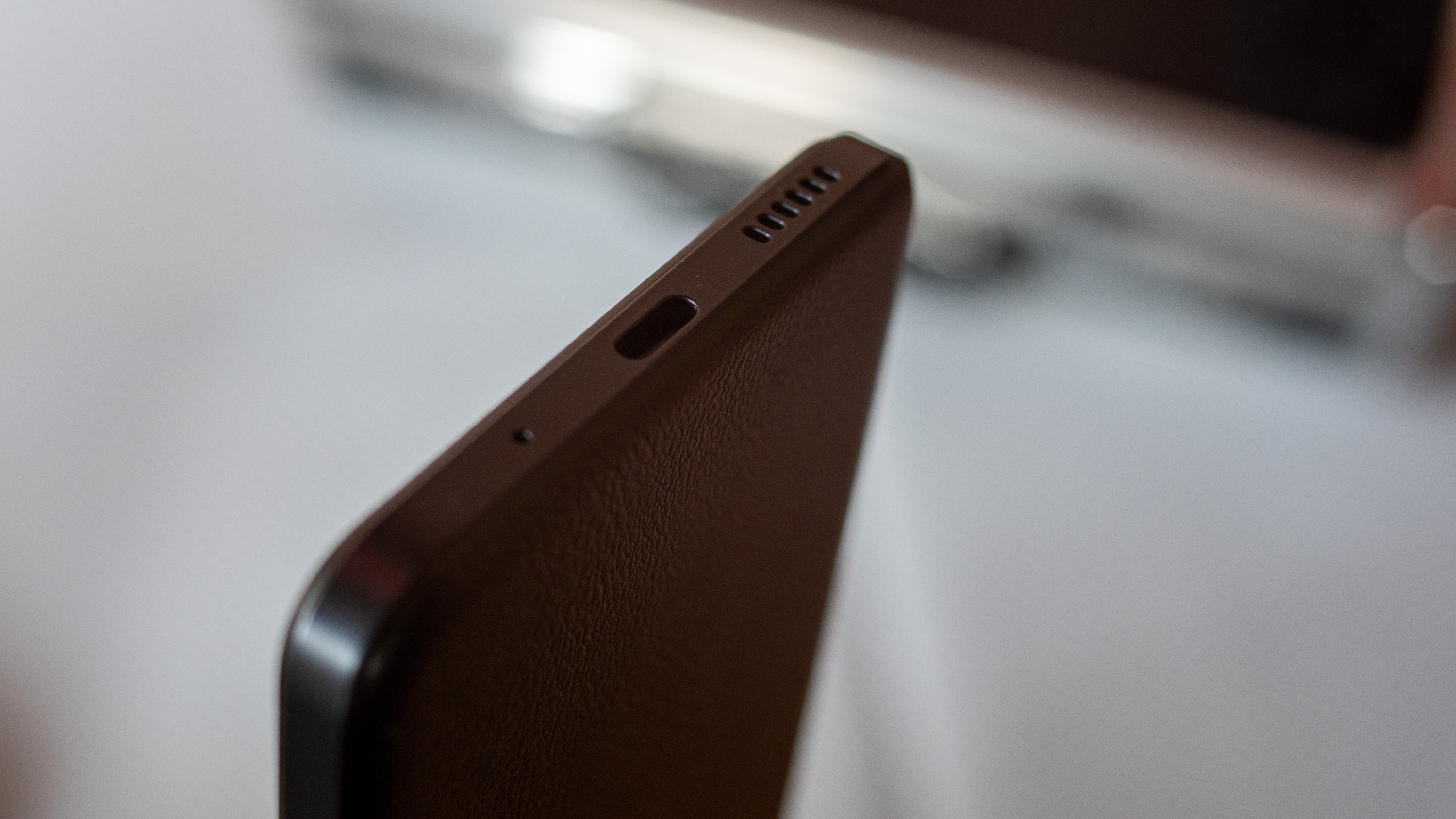
While Xiaomi's MIUI isn't my favorite Android skin, MIUI 13 on the POCO M5 is an exception. Unlike previous generations, this one has gotten rid of too much bloat. MIUI's control options also deserve special mention. On top of its aesthetic elegance, the phone's software provides an impressive level of customization. For example, the fingerprint recognition method has a toggle that lets you choose between a button press and a touch. You can also change how the power button responds to a double-tap (launch Google Assistant or the camera). Volume controls are also offered on a per-app basis.
Between its strong design aesthetic, impressive battery life, and decent performance, the POCO M5 has a lot going for it.
Performance is also a top consideration for the price, and the handset's 6nm-based MediaTek Helio G99 delivered solid performance for typical tasks like multitasking, browsing the web, and taking photos. The phone includes up to 6GB of RAM, which can be expanded with MIUI's virtual RAM expansion feature. This feature is shared by several Chinese brands, including Realme and Vivo, in addition to Xiaomi.
The chipset also performed admirably in games such as PUBG Mobile and Genshin Impact. The latter, in particular, demonstrated how taxing the game was, with frame drops on occasion. However, it was not such a big deal that it significantly harmed the user experience. The overall gaming experience was smooth, thanks largely to the phone's 90Hz screen refresh rate.
Speaking of the screen, the POCO M5 has a practical 6.58-inch IPS LCD screen running at a 2408 × 1080 resolution. With a 90Hz refresh rate, the scrolling experience and motion are pleasingly fluid. The screen is also bright enough under direct sunlight, so you don't have to squint when reading messages.
While the IPS display is no match against an OLED screen in terms of deep contrast and vividness, it's a serviceable screen for the price. I like the sharp details and crisp colors on the POCO M5's screen, though it's easy to change its color temperature in the settings menu.
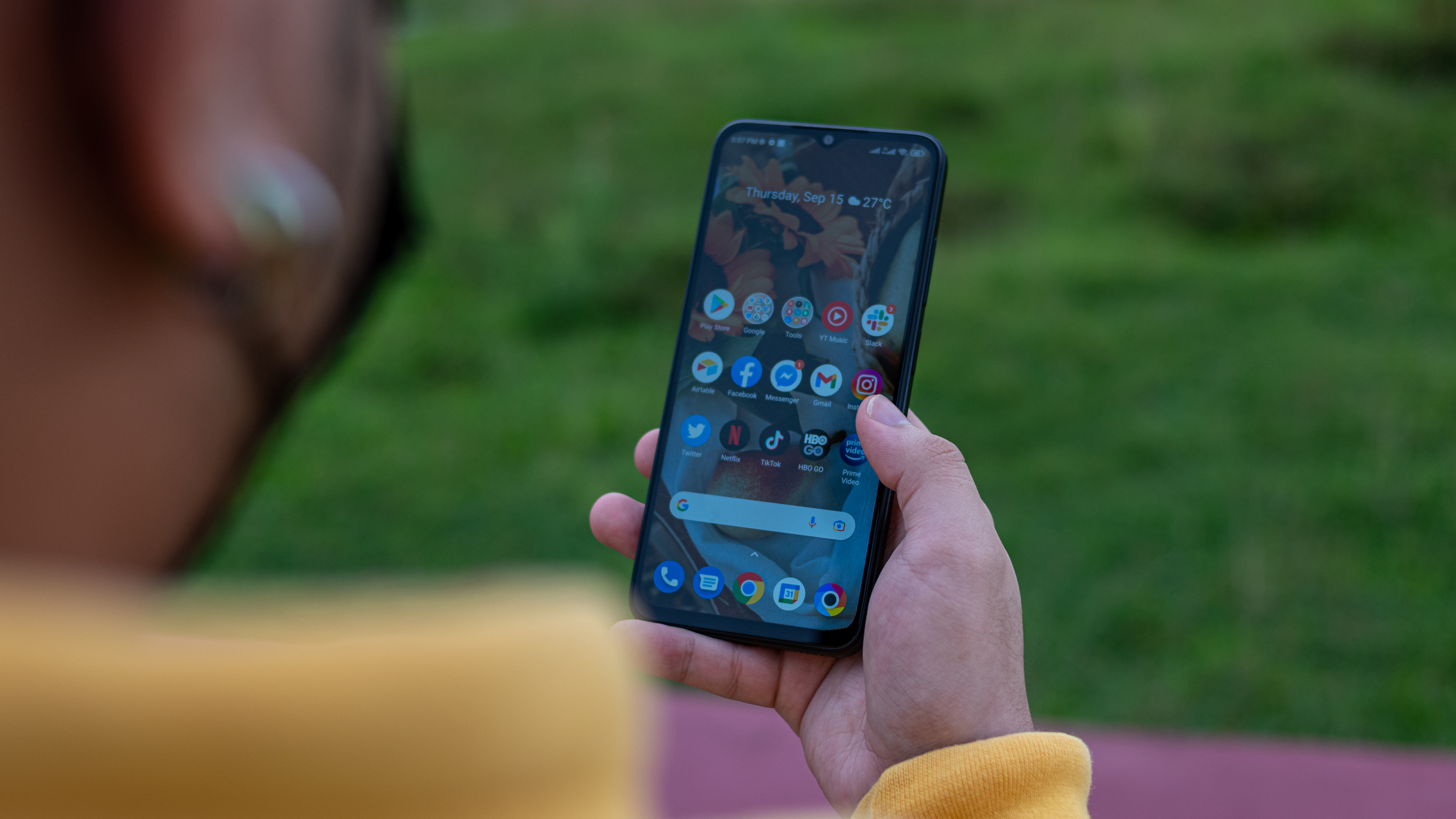
The bezels around the screen are also slim, except for the bottom chin. Nonetheless, it's a usual sight among low-cost smartphones, so this should not be a deal-breaker.
| Specs | POCO M5 |
|---|---|
| Software | MIUI 13 based on Android 12 |
| Display | 6.58-inch FullHD+ IPS LCD, 90Hz, 500 nits brightness |
| Chipset | Octa-core MediaTek Helio G99 (6nm) |
| RAM | 4GB or 6GB |
| Storage | 64GB or 128GB |
| Rear Camera 1 | 50MP, f/1.8 (wide) |
| Rear Camera 2 | 2MP, f/2.4 (macro sensor) |
| Rear Camera 3 | 2MP, f/2.4 (depth sensor) |
| Front camera | 5MP, f/2.2 |
| Connectivity | Wi-Fi 802.11 a/b/g/n/ac, Bluetooth 5.3, NFC |
| Battery | 5000mAh, 18W |
| Security | Side-mounted fingerprint |
| Colors | Black, Green, Yellow |
| Dimensions | 164 x 76.1 x 8.9 mm |
| Weight | 201g |
The POCO M5's battery life is one of its most appealing features. The phone has an impressive battery life between charges. If you're not constantly streaming Netflix shows or playing games, the phone's battery can easily last nearly two days on a single charge.
For the past two weeks that I've used the phone, the battery level has remained well above 45% in the evening after a full charge in the morning. With a less demanding screen and generally dull specs, longer battery life is one of the perks of a budget phone.
Of course, this isn't the case if your day is filled with super heavy tasks, such as GPS navigation and gaming. Even so, the handset can go for more than a day away from a charger. That's some amazing stamina right there.
POCO M5: What's not good

As with most complaints about some Xiaomi/POCO phones, the software on the model I tested frequently displayed in-UI ads, and I did spot them on the lock screen when waking the phone. Ads also constantly pop up whenever you install an app from the Google Play Store. Xiaomi told me a few years ago that ads are a big reason their phones are cheaper than the competition, and it seems that this strategy is here to stay.
Charging the phone isn't as fast as you would expect for a phone that ships with a 22.5W power brick. That's because it only supports 18W charging, which isn't ideal if you're in a hurry. The POCO M3, which launched in 2020, also has the same charging capability, so nothing has changed after two years on that front. Unlike its spiritual successor, however, the M3 supports reverse charging. On top of lacking wireless charging, the 18W charging speed means you'll be waiting around too long to fully charge the phone. In my experience, it takes about an hour and 45 minutes to reach 100% from zero.
The phone's rear camera isn't its strength, either. While it has an eye-catching design, the shooter is unlikely to win any best-in-class awards. That's not to say the cameras are terrible; in fact, the primary shooter can click some nice detailed images with good color reproduction in broad daylight. The camera also does a good job of balancing brightness. However, the output was a little too soft for my tastes.
POCO has made a few compromises with the camera and charging speed in a bid to lower the M5's price.
The edges tend to be noticeably soft, and the dynamic range fails to bring out details as much as I'd like, which is another downside.
Worse, the phone misses out on an ultra-wide camera in favor of two sensors (depth and macro), which I could hardly appreciate. For instance, the 2MP depth sensor does a poor job of detecting edges, and the macro sensor yields low-resolution photos. But then again, you shouldn't expect ground-breaking image quality for this price.
Things don't get any better in low-light situations. The shots are noisy and tend to lose finer details; this is an area where budget phones tend to falter most of the time, and the POCO M5 is no exception. Thankfully, the dedicated night mode fixes these drawbacks. The only problem is that this mode takes a few seconds to focus on and capture a subject.
Another missing feature is 4K video recording. You only get 1080p at 30fps, which is about as high as it goes. Smartphone cameras with a higher price tag can certainly do a better job.
Fortunately, selfie shots are good for a phone this cheap. I took a couple of photos that are color-accurate with minimal detail loss. Selfie photos are usable for social media like Instagram as well.
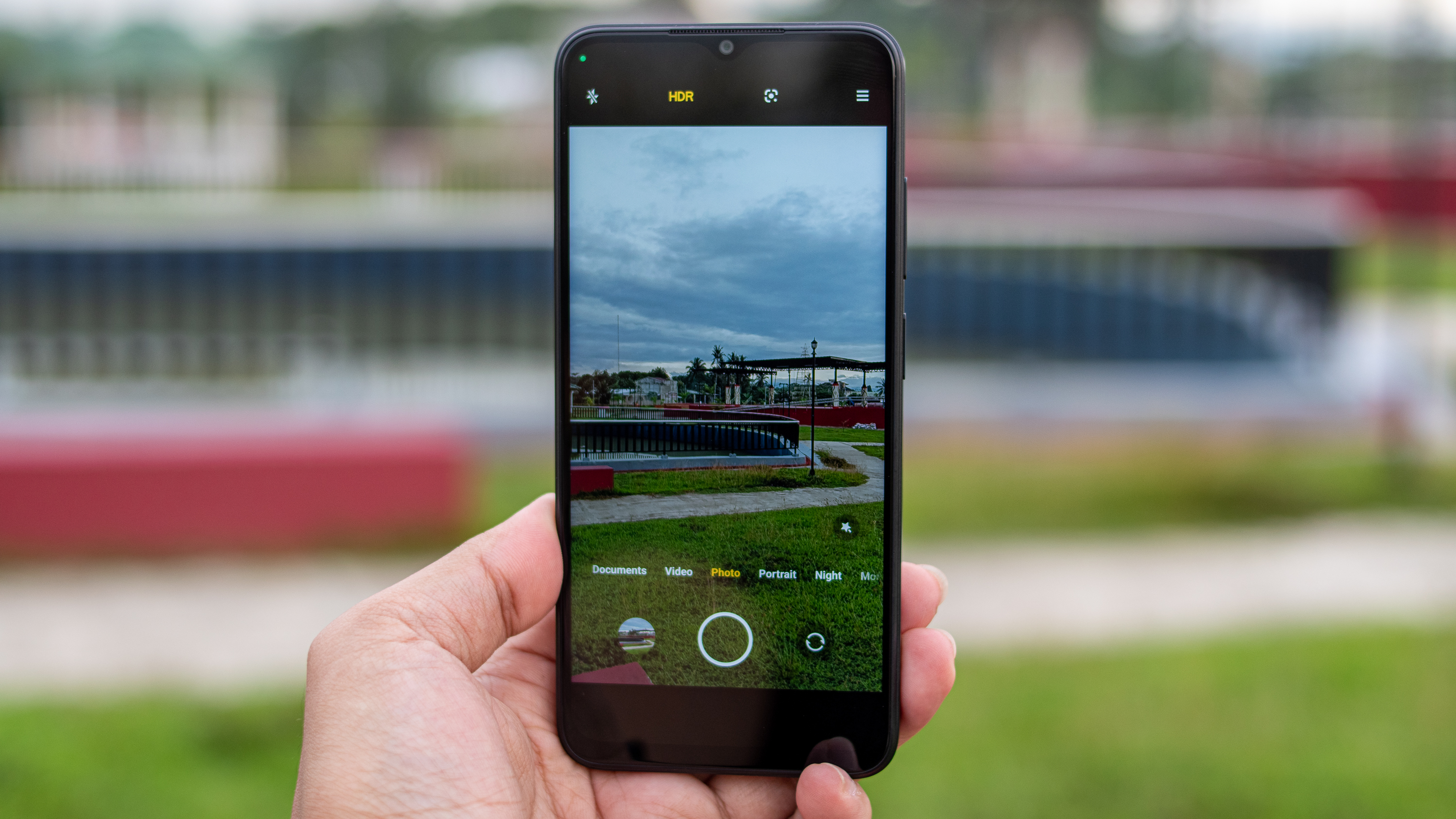
The camera interface should be familiar if you've used a Xiaomi phone in the past. You can easily access all the shooting modes, and you get toggles for flash, Google Lens, HDR, and beauty filters. There's no AI-assisted scene recognition, though.
POCO M5 camera samples


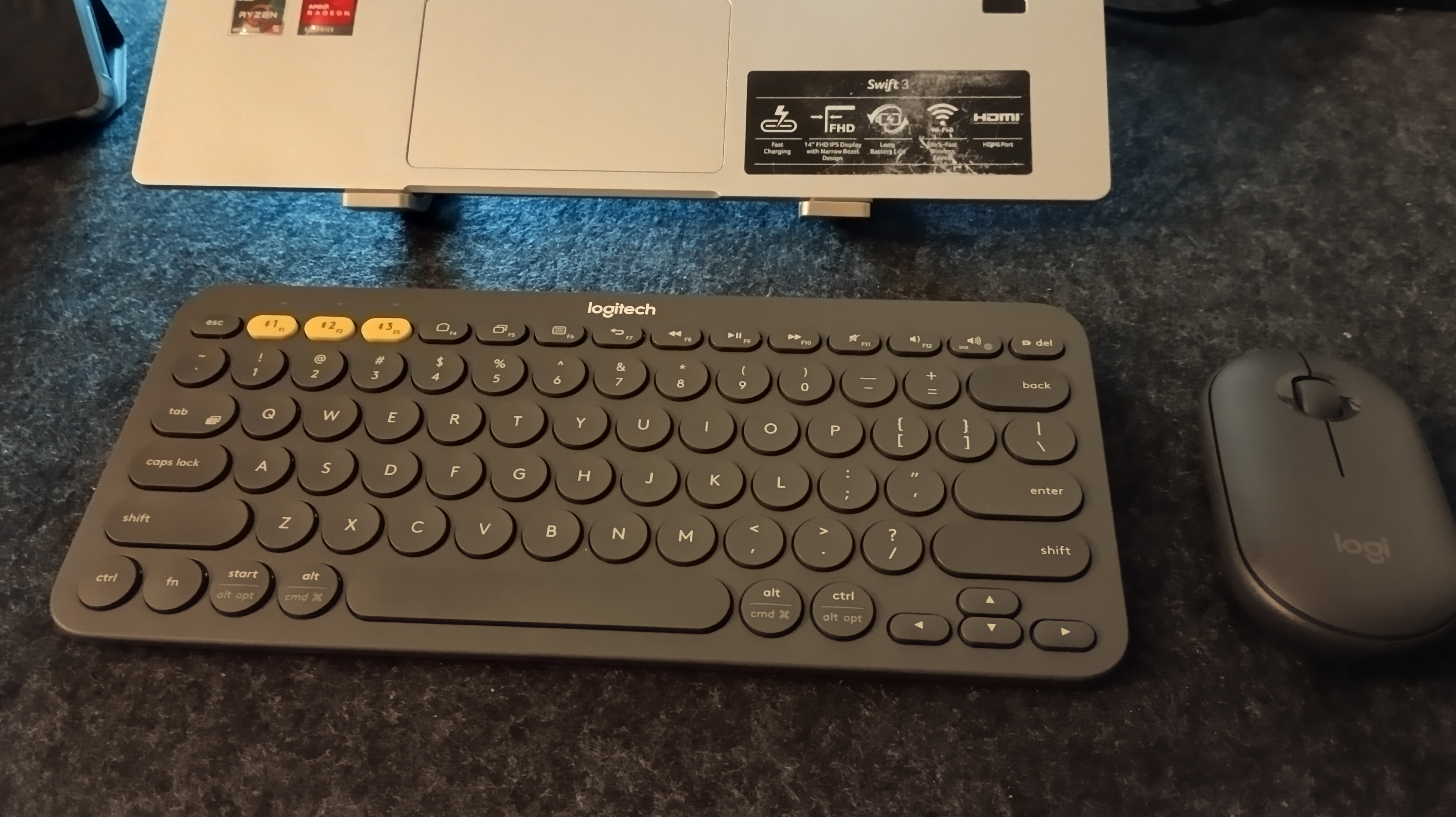






I also encountered issues with the phone's RAM management. While POCO advertises the M5 as having a virtual RAM expansion feature to supplement its 6GB native RAM, apps would reload occasionally even when only a few apps were running in the background. Doesn't that defeat the purpose?
Another downside is software support. As with the previous models in the POCO M line, the company isn't planning on adding more than two years of OS updates to the M5. It's in this area where many Chinese OEMs lag behind the likes of Samsung, which offers three years of major OS upgrades and four years of security updates on its budget handsets.
POCO M5: Competition
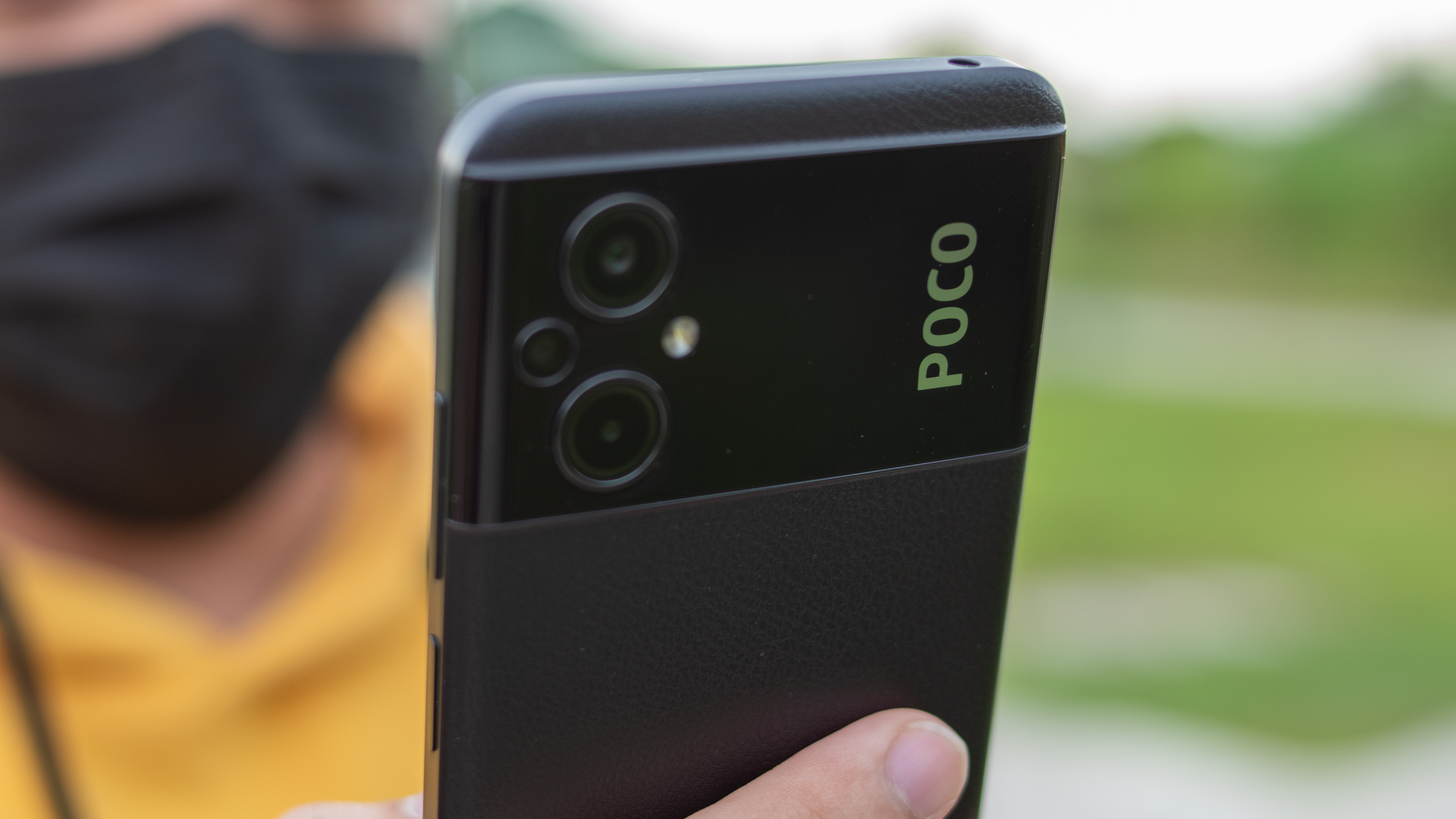
The POCO M5 faces tough competition in its price range. You'll find plenty of budget phones that deliver the same or even better value than this device.
Realme's 9i 5G is an excellent alternative, offering the same 5,000mAh battery and 18W charging speed, as well as dependable hardware in the form of a MediaTek Dimensity 810 and 5G connectivity. It is less expensive than the POCO M5 at $15,999 (approximately $197), though the base variant only has 4GB of RAM and 64GB of internal storage.
Then there's the Samsung Galaxy A32 5G, which is still a great option in 2022 if you want an ultrawide angle lens at the back. It also delivers even better value for $225, with a better camera experience and the ability to record 4K video. It is powered by the Dimensity 720 chipset from MediaTek. Although the display's resolution is limited to 720 x 1600, it is protected by Corning Gorilla Glass 5.
The POCO M5 is also challenged by the Redmi Note 11S, which starts at $245 and is also from Xiaomi. For that price, you get 33W fast charging speeds, an AMOLED screen with a peak brightness of 1000 nits, and a 108MP main sensor augmented by an 8MP ultrawide shooter.
POCO M5: Should you buy it?
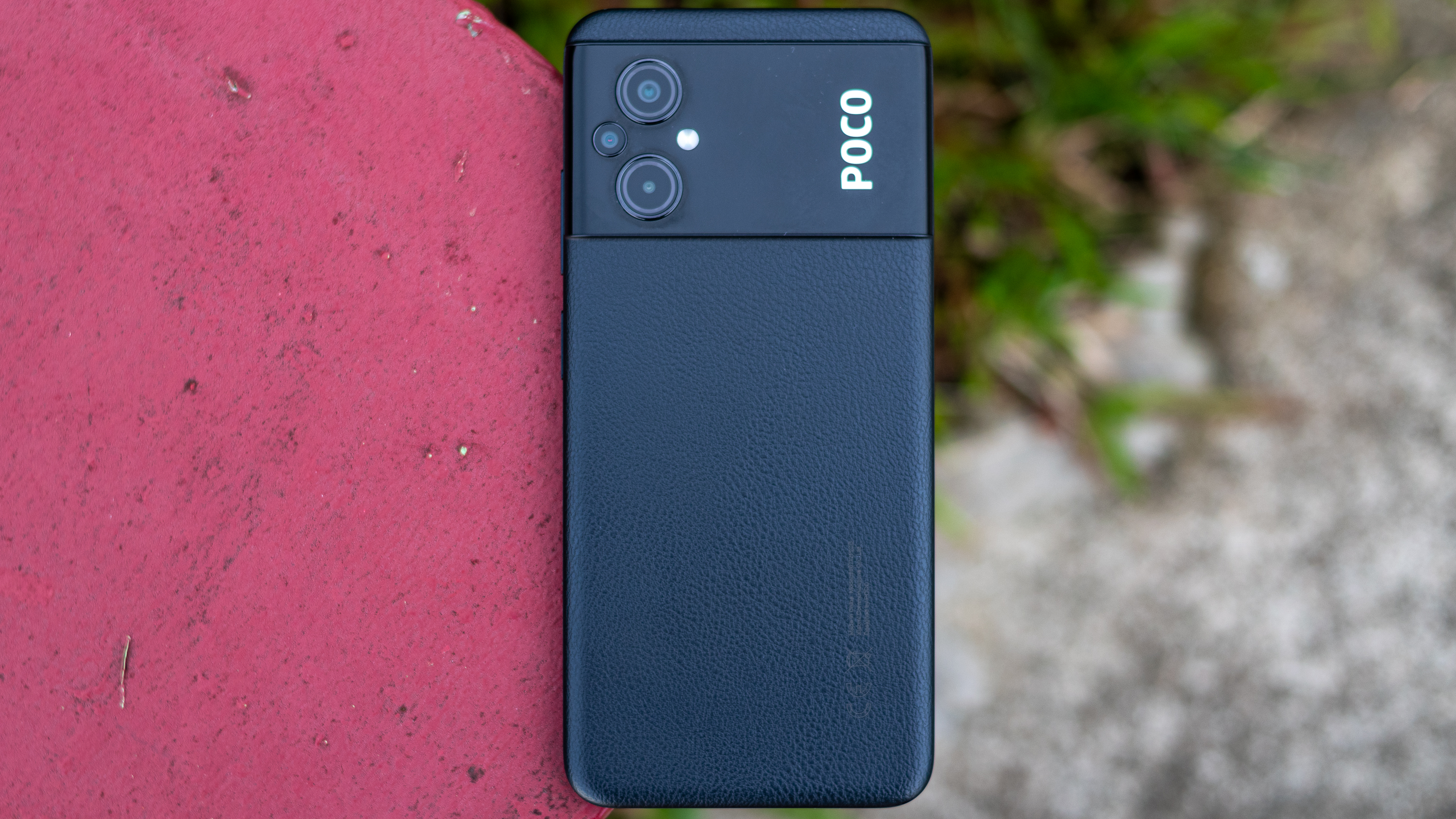
You should buy it if...
- You want a budget phone with a striking design
- Performance is a primary consideration
- You want plenty of time away from a charger
- You require a bright enough screen under direct sunlight
You should not buy it if...
- You need 5G on a budget
- You want the best-looking images
- You're looking for faster charging speeds
Price is the most important consideration for a lot of people when it comes to buying a smartphone. In terms of affordability, the POCO M5 delivers. For a little more than $200, you get a bright screen and a processor that's capable of doing any task you throw at it. You also get plenty of time between charges thanks to the phone's stellar battery life.
However, digging a little deeper reveals some areas where Xiaomi scrimped. The camera setup, for example, is nothing to write home about. You're also missing out on some niceties like 5G, wireless charging, and Wi-Fi 6 connectivity. Finally, choosing a phone comes down to your priorities and how much you're willing to spend.
If you're looking for a budget phone that delivers great value, then the POCO M5 should be right up your alley. Notwithstanding a few compromises, its low price and battery life are the phone's main selling points.
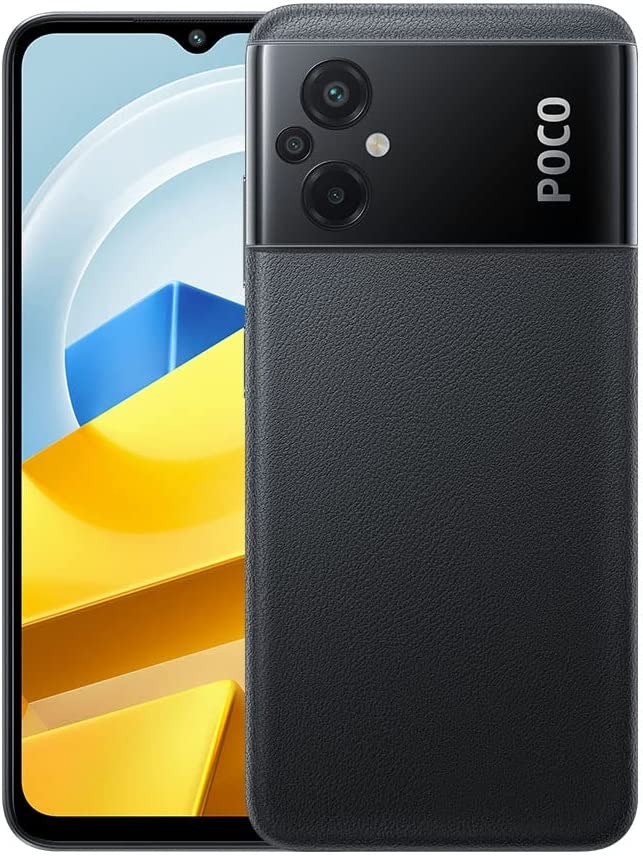
The POCO M5 has a distinct design, reliable performance, incredible battery life, and an excellent screen refresh rate without breaking the bank. If you're looking for a low-cost phone that doesn't require 5G, this should be right up your alley.

Jay Bonggolto always keeps a nose for news. He has been writing about consumer tech and apps for as long as he can remember, and he has used a variety of Android phones since falling in love with Jelly Bean. Send him a direct message via Twitter or LinkedIn.

